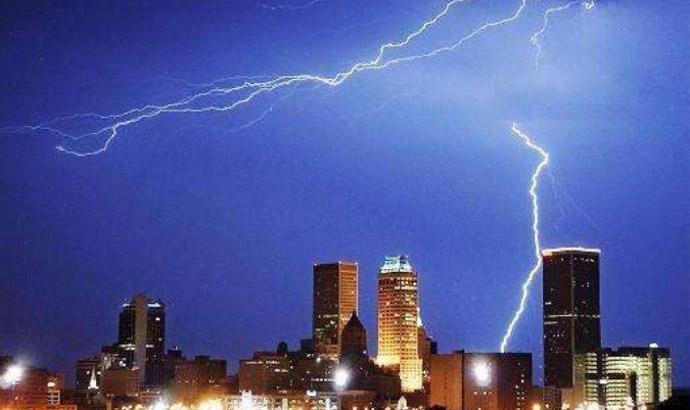When the power line, signal transmission line or other metal cables entering the monitoring room of the security monitoring system are struck by lightning or induced by lightning, the lightning wave invades the equipment along these metal wires / conductors, resulting in high potential difference and equipment damage.

Electromagnetic induction: when there is lightning flashover in the nearby area, a strong transient electromagnetic field will be generated around the lightning channel. The monitoring equipment and transmission lines in the electromagnetic field will induce large electromotive force, which will damage and damage the equipment.
Electrostatic induction: when a charged thunderstorm appears, the buildings and transmission lines under the thunderstorm will induce bound charges opposite to the thunderstorm. This induced charge can reach 100kV electrostatic potential on the low-voltage overhead line and 40-60kv electrostatic potential on the signal line. Once the thunder cloud is discharged, the bound charge will diffuse rapidly, which will cause induced lightning strike.
Lightning strike caused by electromagnetic induction and electrostatic induction is called induced lightning, also known as secondary lightning. Its damage to equipment is not as violent as direct lightning, but it is much more likely than direct lightning. Statistics show that inductive lightning accounts for more than 80% of modern lightning accidents.
Lightning directly hits the camera in the open air and directly damages the equipment; Lightning strikes the cable directly, causing the cable to fuse and damage.
 97506075
97506075

Wechat QR code
